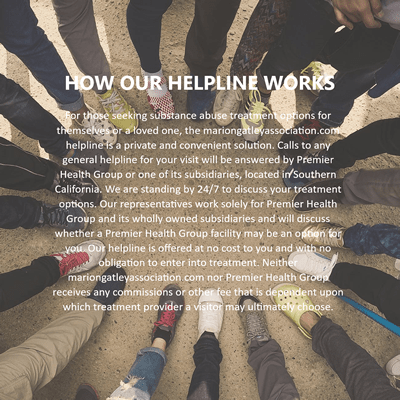The National Institute on Drug Abuse (NIDA) surveyed last year that 9.4 percent of eighth graders will try inhalants in their lifetime and that 4.6 percent of them had tried the easily retrievable drug within the last year. This is at contrast with their statistic for twelfth graders, which reports that only 5.7 percent will huff inhalants in their lifetime. How is this possible?
This data means that inhalant use among teens is on the rise. Why? Probably, in part, because these drugs are easy to find, and are common under many kitchen sinks. The other, besides the usual reasons for substance abuse and addiction, is ignorance. Disregard is the only other thing that would have a young teenager killing brain cells with the not-for-ingestion chemicals, cleaners, and other products.
In places like Karachi, Pakistan and Nairobi, Kenya, nearly all of the kids living on the street are addicted to inhalants. Arguably, these countries suffer from lack of education concerning drugs and alcohol. But, how is it then, that we still see kids abusing these substances in the United States? In numbers that are seemingly going up with one in four kids abusing a household product to get high, according to Alliance for Consumer Education. If you look at the inverse relationship between education and inhalant abuse, you will find that the more kids were educated about how terrible and useless these drugs are, the less they would abuse them.
According to the Foundation for a Drug Free World, 22 percent of fatal inhalants cases were new to the drug, trying it for the first time. Despite the risk of heart failure, kidney damage, and bone marrow damage, inhalants are the fourth commonly abused drug in the United States. Due to its esoteric nature, kids all over the country are using inhalants for their quick high and accessibility. What they are not expecting is how dangerous and volatile they really are. The National Inhalant Prevention Coalition reports that 39 people in Virginia died from inhalants under ten years. A healthy person can have a “sudden sniffing death” even if they are completely healthy.
In addition to their commonality, inhalants deaths are also caused by addiction. Though psychological addiction is much more common, physical addiction is also possible. Fatal occurrences from addicted inhalant users can be attributed to withdrawal as well as over-inhalation of a toxic chemical. Even though a user must actively abuse the same or a similar chemical to become addicted, these drugs can cause many of the typical withdrawal symptoms you find in other drugs. Nausea, vomiting, depression, psychosis, and headaches are all average symptoms.
Inhalants are household items. Glues, aerosols, paints, and many other gases and chemicals. Their abuse is not to be taken lightly, considering their skewed and surprising statistics. Children should be taught at an early age what inhalants are and what dangers and tragedies they present. Health classes in school need to be making sure that their students are properly educated due to the proof of them being the target demographic for partaking in the drugs. If you, your child, or anybody you know is abusing inhalants, you can educate them by showing that isn’t harmless to huff chemicals and gasses, and if they continue, they may need to enroll in a clinical detox program. For addiction help please call Intervention for a twelve-step recovery center or inpatient drug rehab facility.



